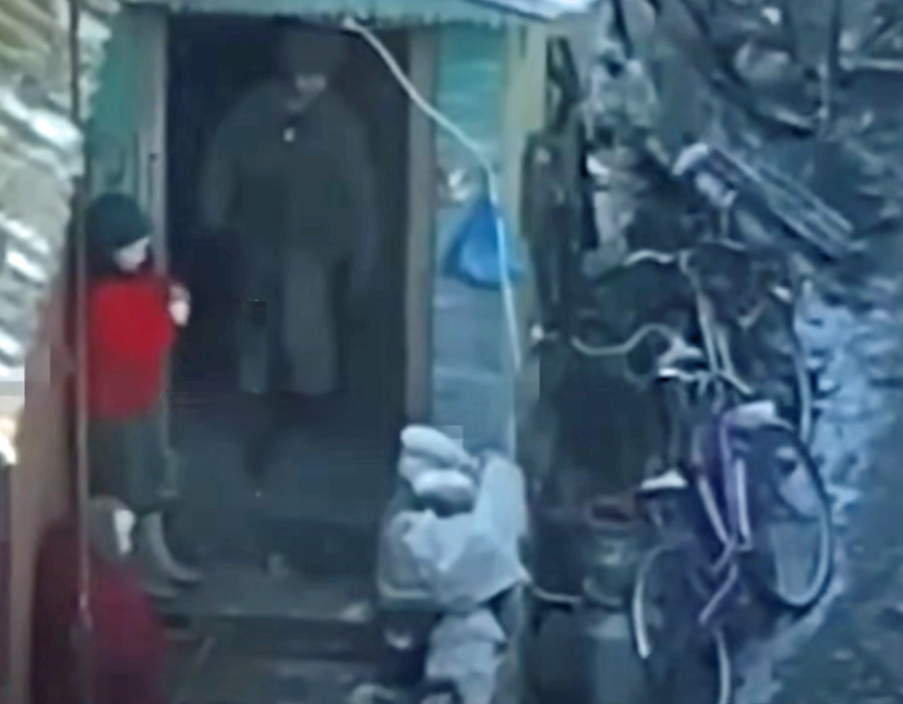Peter Yarrow, part of the US folk trio Peter, Paul and Mary that gained prominence in the 1960s counterculture movement, died at the age of 86 from bladder cancer on Tuesday in his Manhattan residence.
Born to Ukrainian-born parents in 1938, Yarrow had been a vocal supporter of Ukraine and recorded a video in solidarity with the country in March 2023 for United24, a charitable initiative launched by President Volodymyr Zelensky after Russia’s 2022 invasion.
JOIN US ON TELEGRAM
Follow our coverage of the war on the @Kyivpost_official.
“Aside from the fact that my parents were born in Ukraine, the reason that I made this video has a lot to do with the fact that President Volodymyr Zelensky has said that if the country loses, he expects a massacre, a genocidal effort that we’ve seen in the past.
“And so I say, as a human being, an American, a Jew – this cannot happen again. And no more,” Yarrow said at the beginning of the video.
Peter, Paul and Mary
Peter, Paul and Mary, the music trio of which Yarrow had played a part, was known for its anti-war songs since the 1960s, including covers of US musician Bob Dylan’s “Blowin’ in the Wind” and US folk legend Pete Seeger’s “Where Have All the Flowers Gone.”
The trio performed a cover of the former during 1971’s Washington Peace March at the height of the Vietnam War, among numerous other anti-war rallies.
The trio remained active in social movements following the end of the Vietnam War, focusing on issues such as labor rights and environmental causes.

Ukraine Seeks to Preserve UNESCO Heritage in Face of Air Attacks

Mary Travers, the female vocalist of the group, died in 2009. Noel Paul Stookey remains the only surviving member of the group.
Where have all the flowers gone in Ukraine?
In his video for United24, Yarrow noted that Pete Seeger’s “Where Have All the Flowers Gone” was in part inspired by a Ukrainian poem, with Yarrow’s subsequent cover centered around the futile cycle of war, depicting women picking flowers, getting married with their husbands who were subsequently sent to war, whose dead bodies gave way to flowers once again.
The traditional Cossack poem in question is called “Koloda Duda,” from which the last two stanzas are translated into English as follows:
And where are these reeds?
Girls have gathered them...
And where are these girls?
They went off to be married...
And where are their Cossacks?
They went off to war...
Yarrow also included segments of a Ukrainian version of the song he recorded alongside Maria Burmaka, a Ukrainian folk musician, when the two collaborated in 2010 for Operation Respect, a joint US-Ukrainian peace education program.
The Ukrainian version was displayed against the backdrop of destroyed Ukrainian cities and photos of Ukrainian troops who died defending Ukraine.
Peter, Paul and Mary’s version of the song differs from Pete Seeger’s in that it modified the last few verses, further elaborating on the fates of the husbands in question. Below are the excerpts from Peter, Paul and Mary’s version.
Where have all the flowers gone, long time passing?
Young girls have picked them, every one
Where have all the young girls gone, long time passing?
Gone for husbands, every one
Where have all the husbands gone, long time passing?
Gone for soldiers, every one
Where have all the soldiers gone, long time passing?
Gone to graveyards, every one
Where have all the graveyards gone, long time passing?
Gone to flowers, every one
Oh, when will they ever learn, oh when will they ever learn?

As the flowers are replaced by thousands of flags in central Kyiv, each signaling a man or woman who died defending Ukraine, their portraits alongside the flags serve as silent witnesses to war unfolding on the very land that gave birth to the poem and the song centuries ago.
But one day, the flowers may blossom yet again. And one day, maybe the flowers will stay.
You can also highlight the text and press Ctrl + Enter






